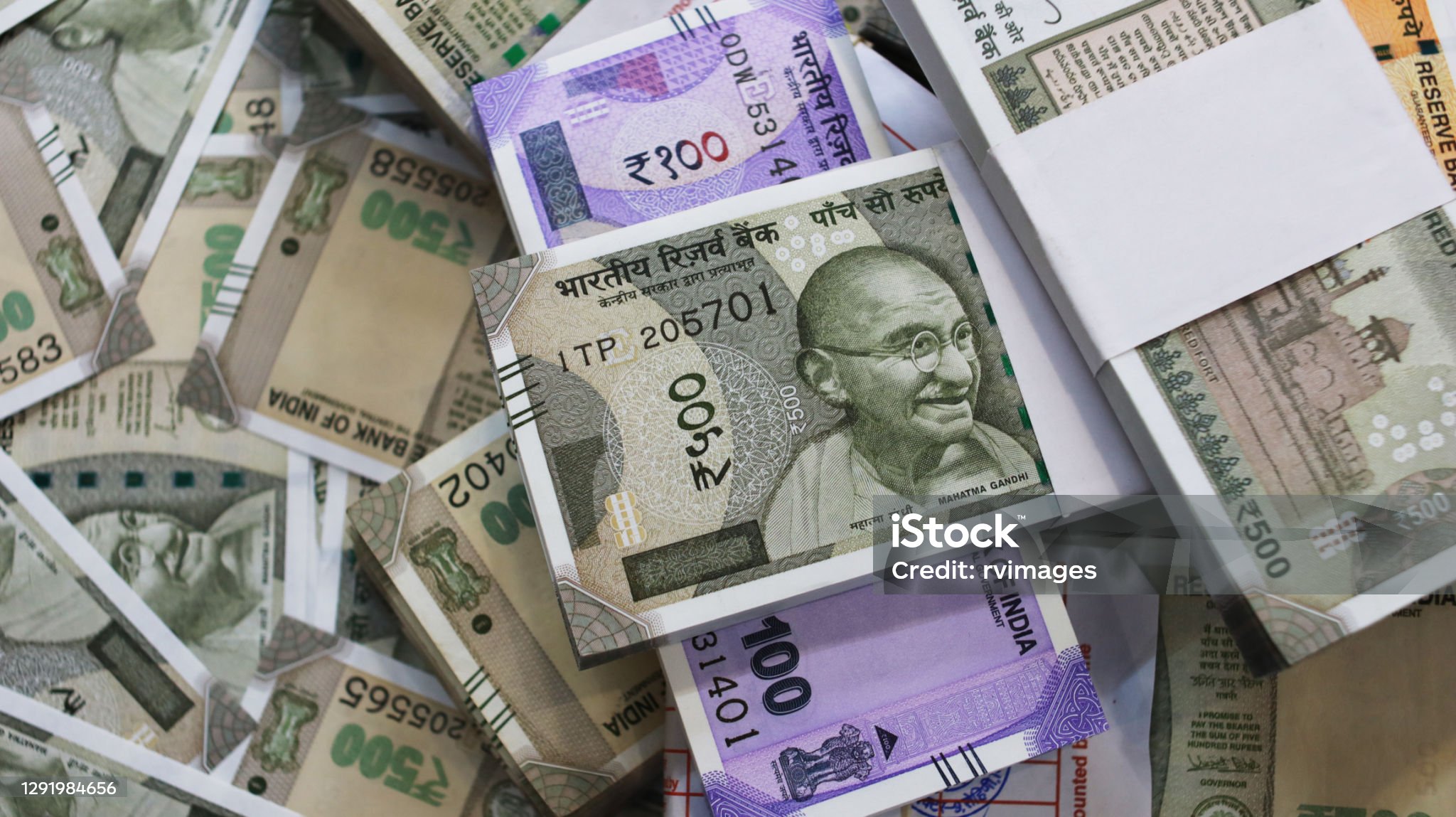The Indian Rupee (INR) is struggling, touching record lows as former U.S. President Donald Trump looks increasingly likely to reclaim the presidency. Early European trading on Wednesday saw the USD/INR pair climb amid a strong U.S. Dollar and heavy foreign fund outflows from Indian markets, heightening pressure on the rupee.
With Trump leading in the U.S. election, the markets are anticipating a resurgence of “Trump trades,” pushing the dollar higher and dampening emerging-market currencies, including the rupee. The USD/INR pair is currently trading above the crucial 100-day Exponential Moving Average (EMA), suggesting continued upward momentum.
Key Drivers for USD/INR Movement
The dollar’s strength has weighed heavily on the rupee, which faces additional pressure due to significant outflows from Indian equity markets. Foreign investors are pulling back, seeking safer assets amidst the U.S. election uncertainties and ongoing economic shifts globally.
“Dollar strength, rising U.S. yields, and climbing equity futures are driving Trump trades. Traders are capitalizing on the election results, as the odds for a Trump presidency rise,” stated a Singapore-based hedge fund manager.
Market Focus Shifts to the Federal Reserve
Investors are keenly watching the outcome of the U.S. election and the Federal Reserve’s decision on interest rates, expected Thursday. With nearly a 94% chance of a quarter-point rate cut priced in by the CME FedWatch tool, traders are preparing for potential moves. A Trump victory could add upward pressure on the dollar, particularly if the Federal Reserve maintains a dovish stance.
Also read : Trump Wins Key Battlegrounds In US Election 2024, Secures North Carolina And Boosts Dollar By 1.4%
Technical Analysis: USD/INR Remains in Bullish Territory
The USD/INR pair shows a strong bullish trend, with the 14-day Relative Strength Index (RSI) holding above 67.30, indicating that buying pressure persists. The pair is moving within an ascending trend channel, with immediate resistance at 84.25. A breakout above this level could see the pair rally to 84.50, and potentially test the psychological barrier at 85.00.
In a bearish turn, a break below the 84.05 support level could push the pair down to 83.79, the 100-day EMA. The next support level is at 83.46, September’s low.




